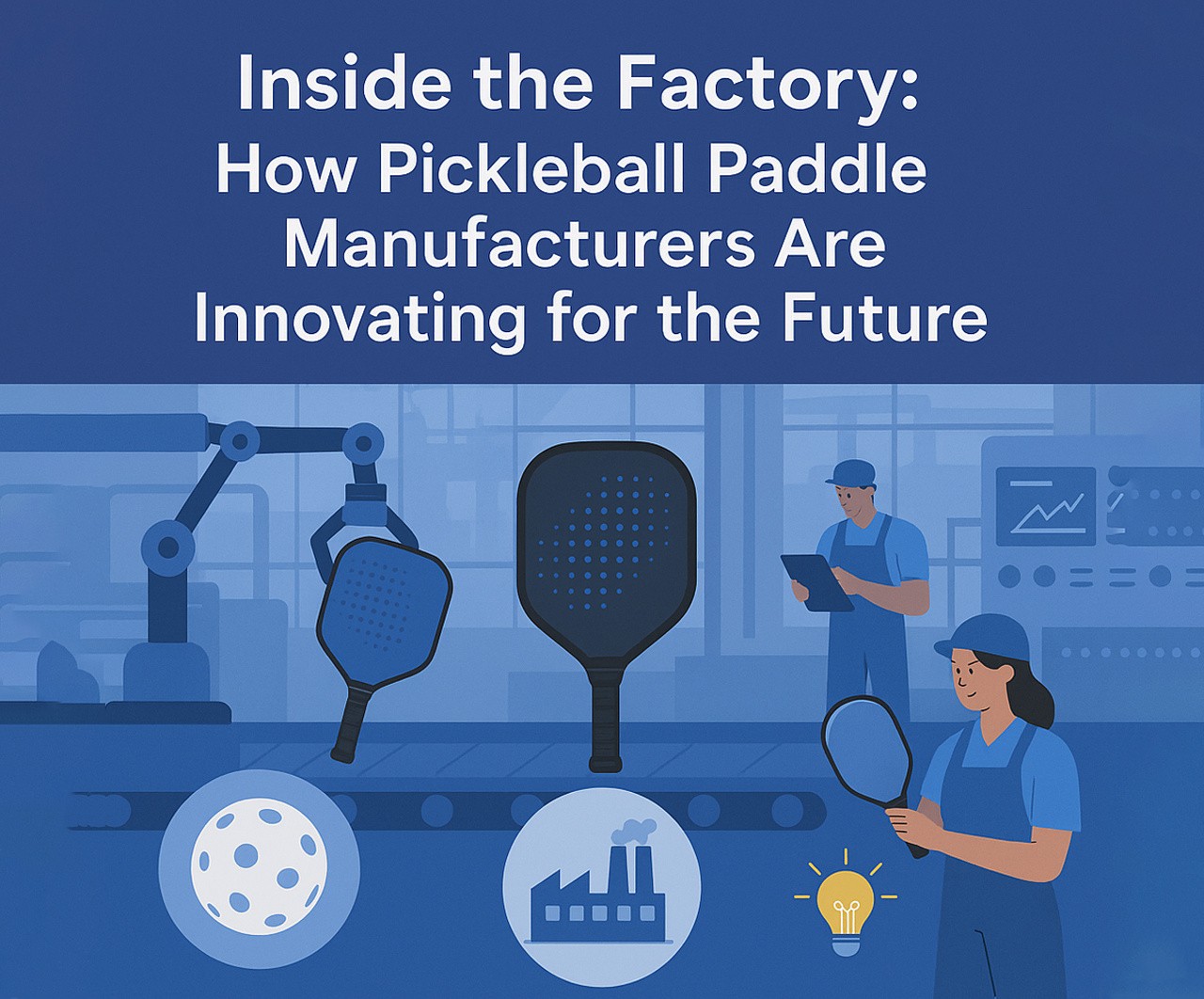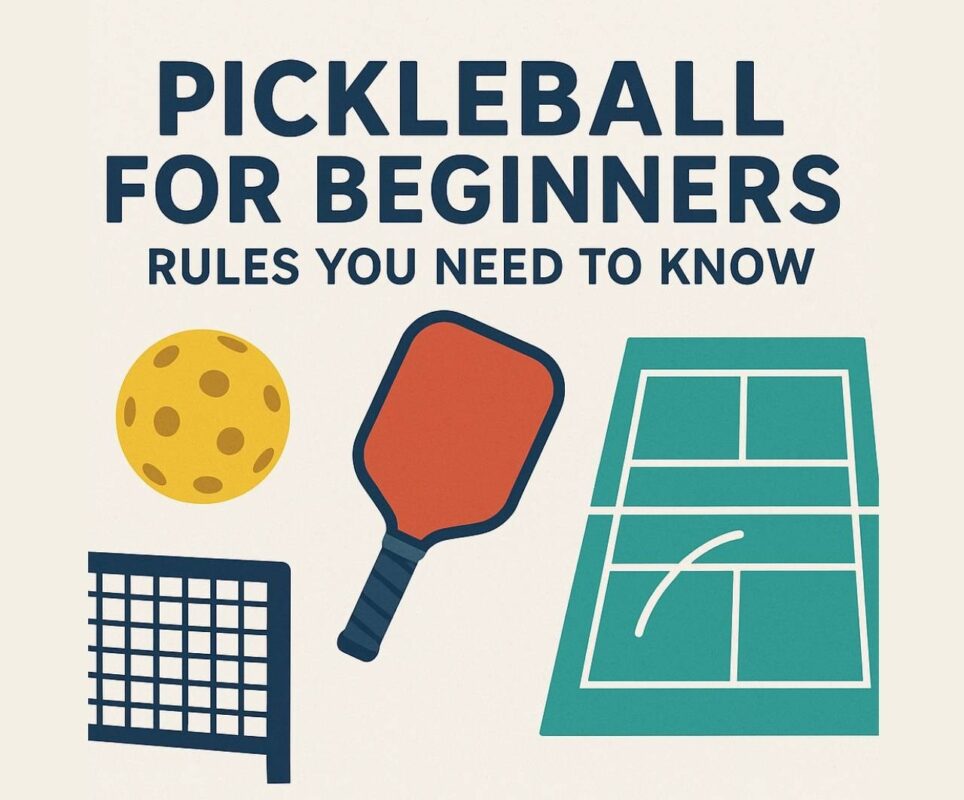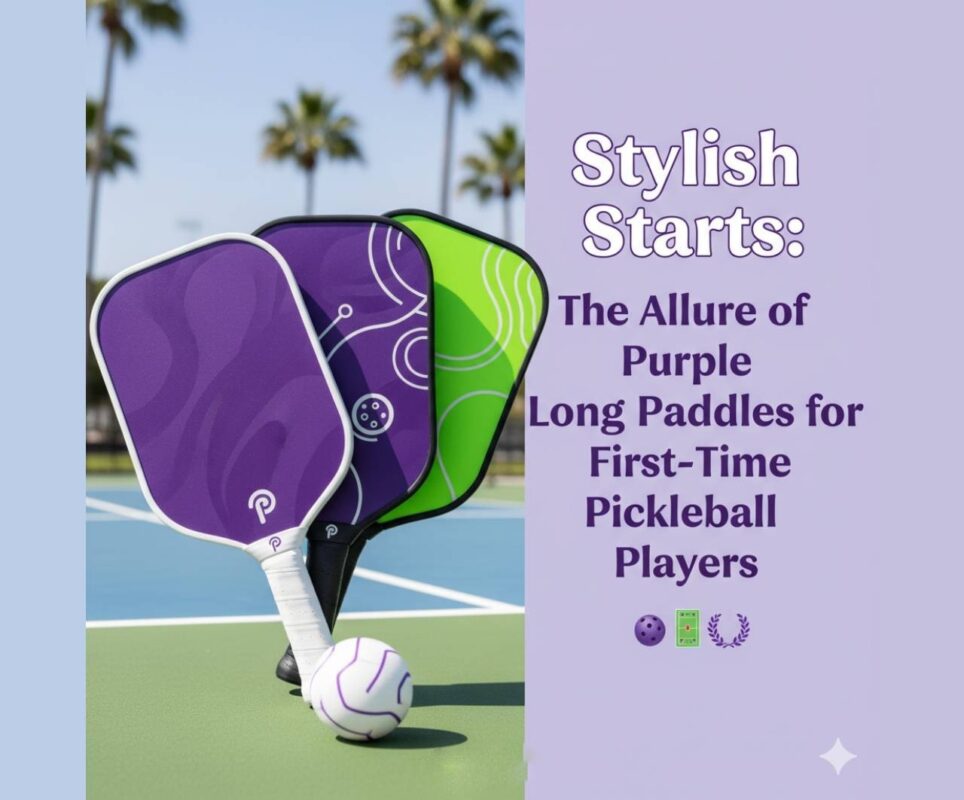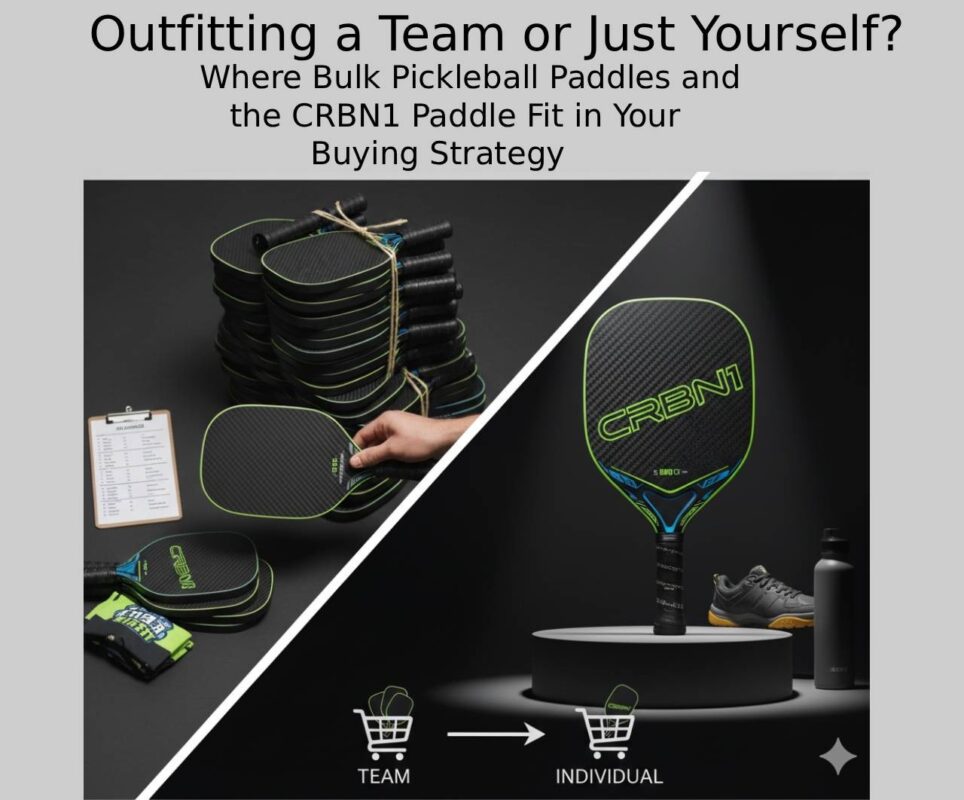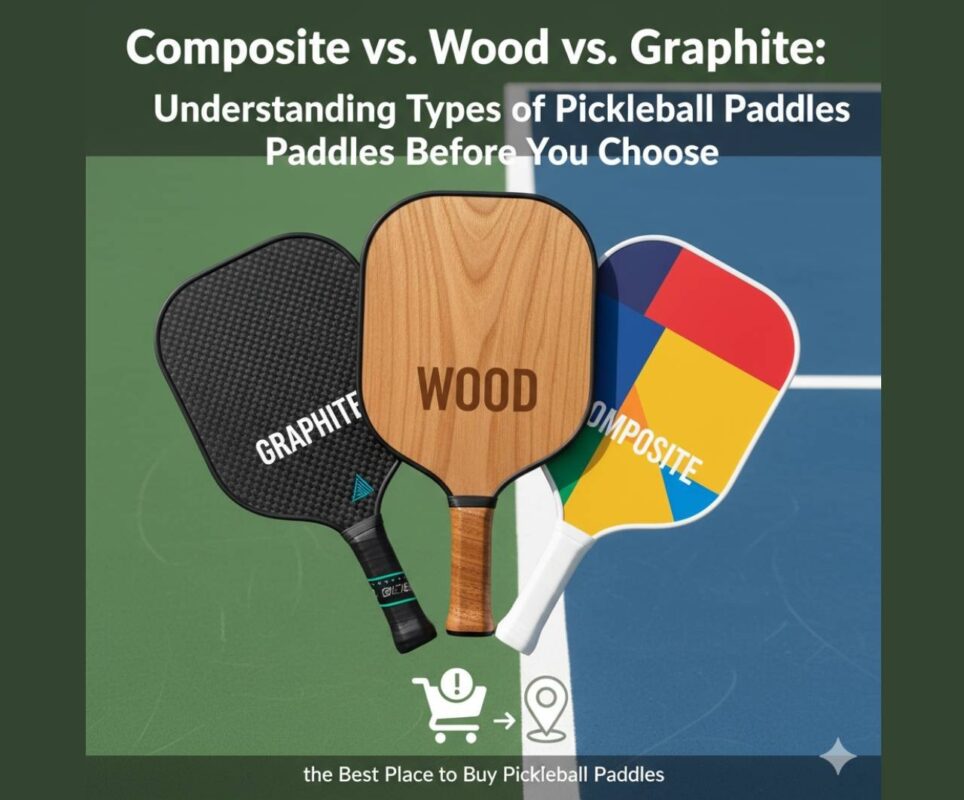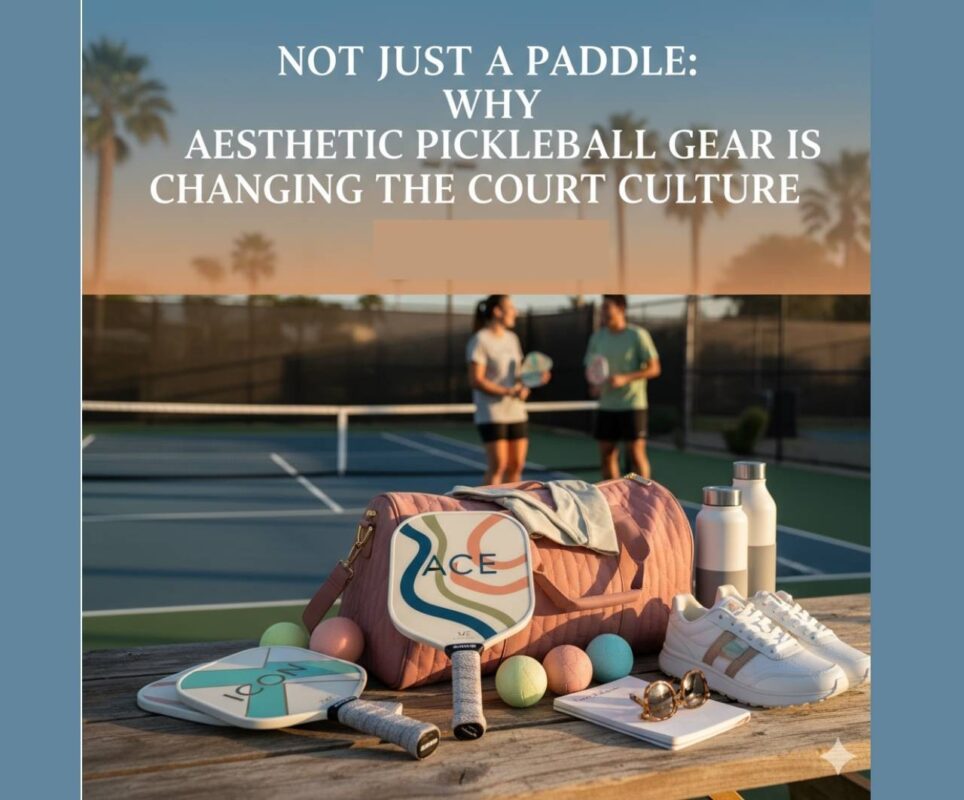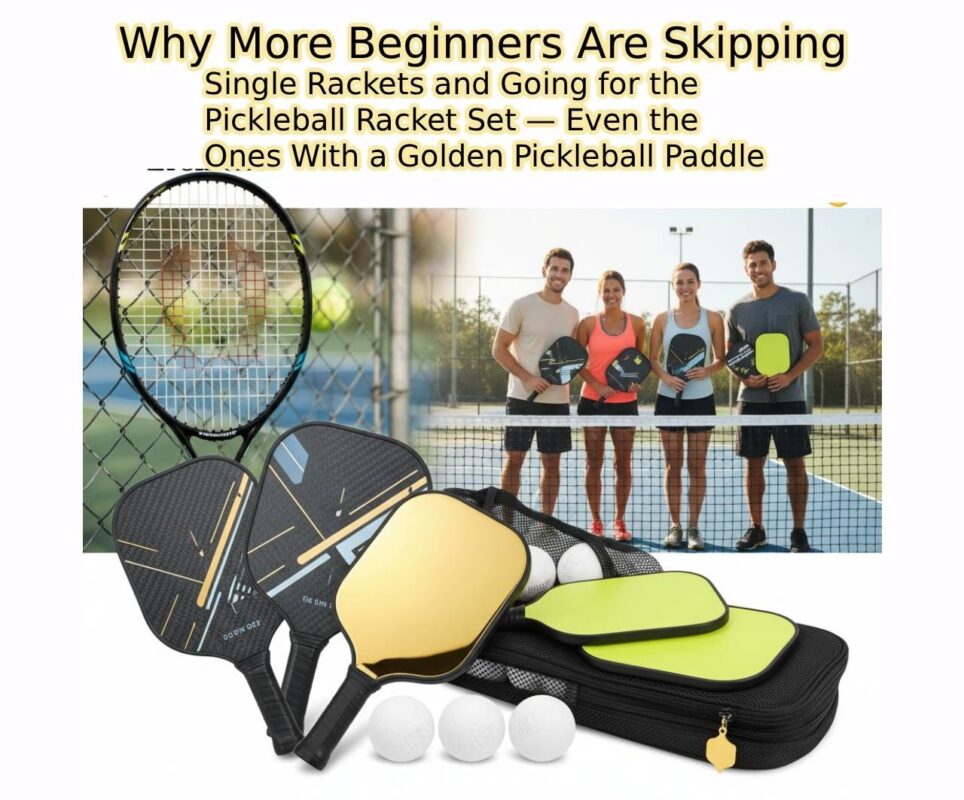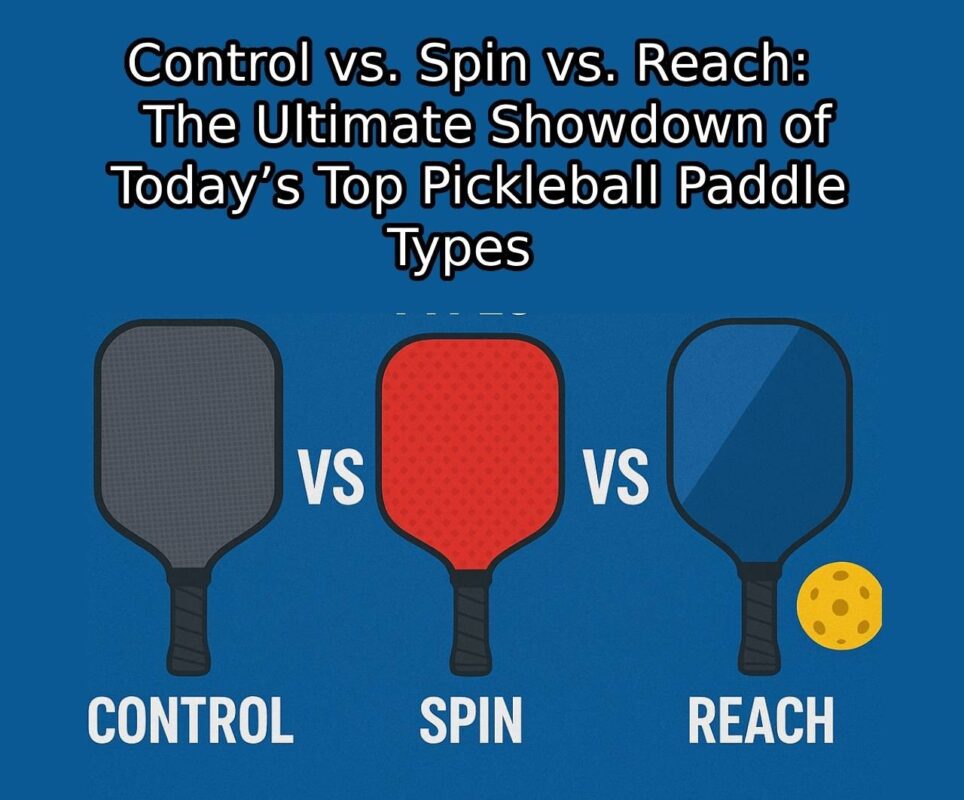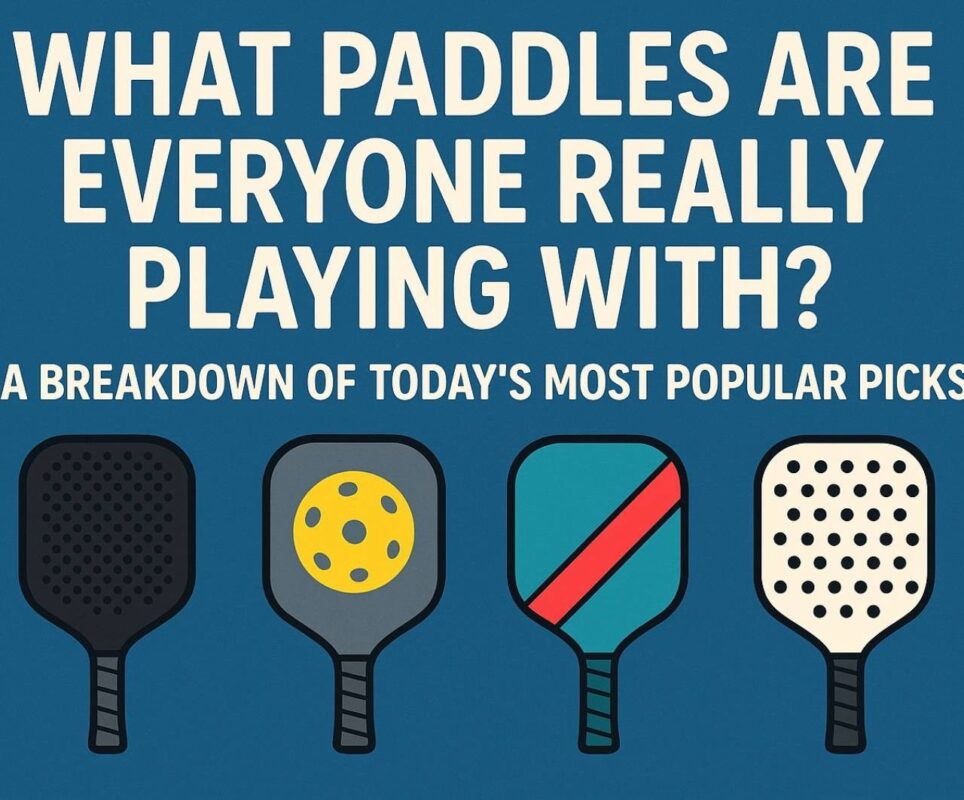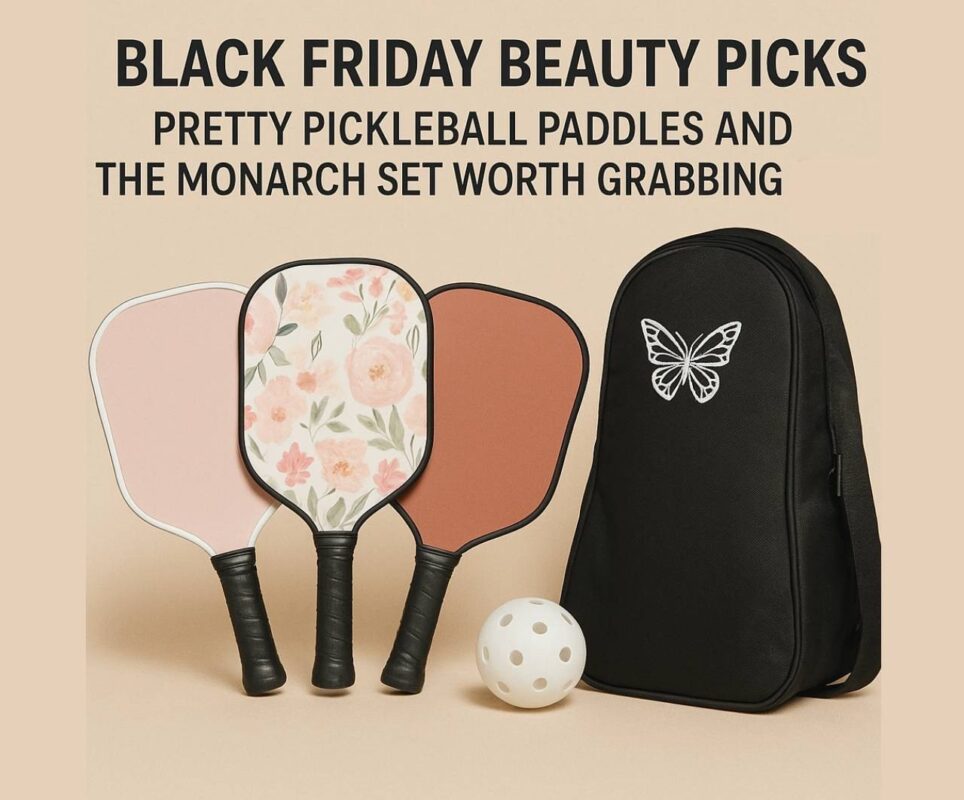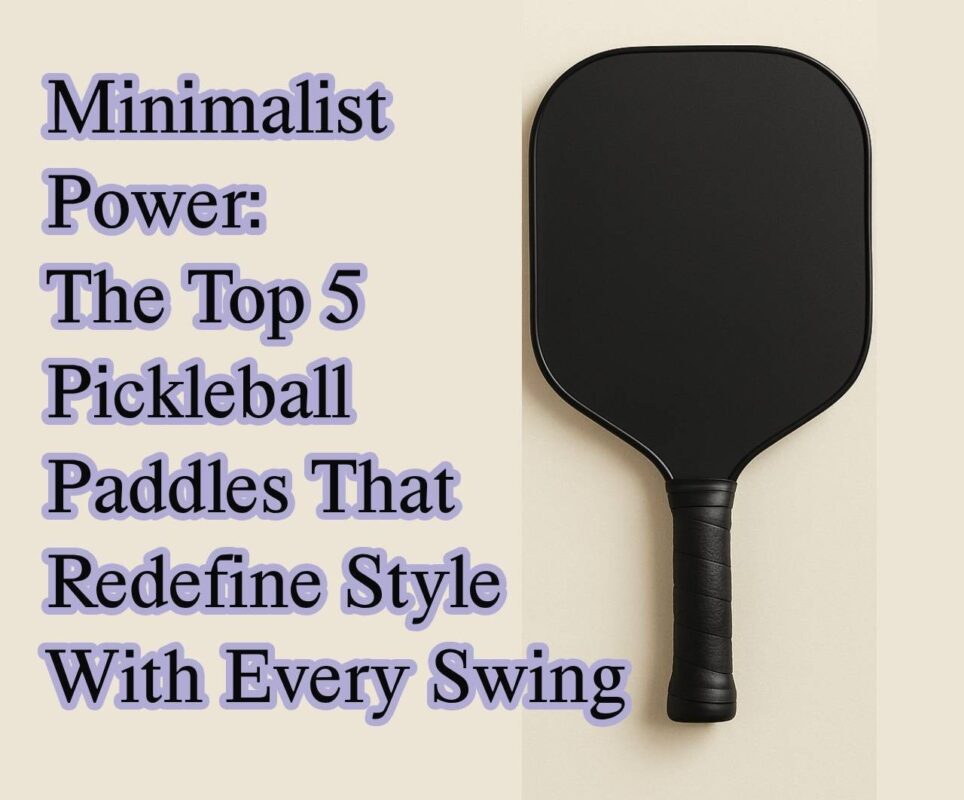As pickleball continues its meteoric rise in popularity, the demand for high-performance equipment has never been higher. Players are constantly searching for the best pickleball racquets to gain a competitive edge, and many are turning to long handle pickleball paddles for enhanced control and reach. Behind the scenes, leading pickleball paddle manufacturers are investing heavily in innovation, refining their manufacturing processes, integrating cutting-edge materials, and leveraging advanced technologies to produce paddles that cater to all skill levels. Know more..
The Evolution of Pickleball Paddle Manufacturing
From Wood to Advanced Composites
The earliest pickleball paddles were made from simple wooden materials, offering limited power and control. Today, pickleball paddle manufacturers have revolutionized the game by introducing composite materials, carbon fiber, and polymer cores that optimize performance.
Modern paddles utilize aerospace-grade carbon fiber to enhance durability while maintaining lightweight construction. The introduction of fiberglass faces and polymer honeycomb cores has further refined paddle control, allowing for superior spin and touch. Players now benefit from paddles that offer precision without sacrificing power, making them some of the best pickleball racquets on the market.
Innovative Manufacturing Processes
1. Precision Engineering and Molded Construction
Gone are the days of simple cut-and-glue paddle production. Leading pickleball paddle manufacturers employ state-of-the-art molding techniques that ensure consistency in weight, balance, and durability. Many high-end paddles now undergo CNC machining, a process that guarantees a uniform structure, providing players with a consistent experience every time they hit the court.
2. Thermoforming for Durability
Many manufacturers use thermoforming, a process that applies heat and pressure to mold composite materials into a single, seamless piece. This technique enhances paddle longevity and ensures optimal performance over extended play sessions. Some brands even incorporate unibody construction to eliminate weak points, making paddles more resistant to wear and tear.
3. Handcrafted Finishing Touches
While automation plays a significant role in modern paddle production, hand-finishing remains a crucial step. Paddle edges are carefully smoothed, grips are precisely wrapped, and surfaces are treated to enhance texture for increased ball control. Long handle pickleball paddles, for instance, require meticulous craftsmanship to balance weight distribution and provide a comfortable yet firm grip.
The Role of Advanced Materials in Paddle Innovation
1. Carbon Fiber vs. Fiberglass: What’s Best for Performance?
- Carbon Fiber: Known for its lightweight yet durable structure, carbon fiber paddles provide excellent control and spin. Many professional players prefer this material for its responsiveness.
- Fiberglass: More flexible than carbon fiber, fiberglass paddles generate additional power. They’re ideal for players looking to add speed to their shots while maintaining a softer feel.
2. Polymer Honeycomb Core: A Game-Changer
The polymer honeycomb core is now the gold standard in paddle manufacturing. This lightweight yet sturdy material absorbs vibrations while delivering consistent responsiveness. Paddle cores vary in density and thickness, allowing manufacturers to tailor paddles for different playing styles. Whether you’re looking for the best pickleball racquets for power, spin, or control, manufacturers are designing paddles to suit specific needs.
3. Edge Guard Technology for Enhanced Longevity
Edge guards protect paddles from accidental drops and damage, but innovative designs now integrate low-profile edge guards to minimize interference with gameplay. Some pickleball paddle manufacturers have even introduced edge-less designs, increasing the paddle’s sweet spot while maintaining durability.
Technological Advancements Reshaping Pickleball Paddles
1. 3D Printing and Customization
Some of the most advanced pickleball paddle manufacturers are exploring 3D printing technology to create fully customizable paddles. This allows players to personalize grip size, paddle weight, and surface texture, ensuring an optimal playing experience tailored to their style.
2. AI-Driven Paddle Testing
Artificial intelligence is making its way into paddle development. Manufacturers use AI-powered simulations to analyze how different materials and designs impact ball response, helping engineers create paddles with improved aerodynamics, balance, and shot consistency.
3. Smart Paddles with Integrated Sensors
The future of pickleball paddles may include built-in sensors that track swing speed, ball impact points, and grip pressure. By leveraging real-time data, players can refine their techniques and improve their performance with personalized analytics.
The Rise of Long Handle Pickleball Paddles
One of the most significant trends in paddle design is the increasing popularity of long handle pickleball paddles. Originally favored by former tennis players transitioning to pickleball, these paddles provide extended reach and greater leverage for powerful shots.
Benefits of Long-Handle Paddles:
- Two-Handed Backhand Support: The extra handle length allows for a firm two-handed grip, perfect for executing precise backhand strokes.
- Extended Reach: Players can cover more court space, making it easier to reach difficult shots.
- Improved Power Transmission: The longer handle provides better weight distribution, translating into stronger hits without extra effort.
Many of the best pickleball racquets now feature elongated handles, giving players the ability to tailor their gameplay for both aggressive and defensive strategies.
The Future of Pickleball Paddle Manufacturing
With the sport’s growth showing no signs of slowing down, pickleball paddle manufacturers are continuously pushing the boundaries of innovation. We can expect to see:
- More Sustainable Materials: Eco-friendly paddles made from recycled carbon fiber and biodegradable polymers.
- Enhanced Durability Features: Shock-absorbent grips, reinforced paddle faces, and hybrid core technologies.
- Personalized Paddles: AI-driven customization that adjusts paddle specs based on player biometrics.
As players continue to seek out the best pickleball racquets, manufacturers will keep evolving their designs, ensuring that the next generation of paddles delivers unmatched performance, durability, and comfort.
Final Thoughts
Innovation in pickleball paddle manufacturing is shaping the future of the sport. From advanced materials and cutting-edge production techniques to the rise of long handle pickleball paddles, the industry is evolving to meet the demands of both casual and professional players. With pickleball paddle manufacturers investing in research and technology, we can expect even greater advancements that will redefine gameplay. Whether you’re looking for power, control, or a perfect balance of both, the future of pickleball paddles promises something for everyone.

